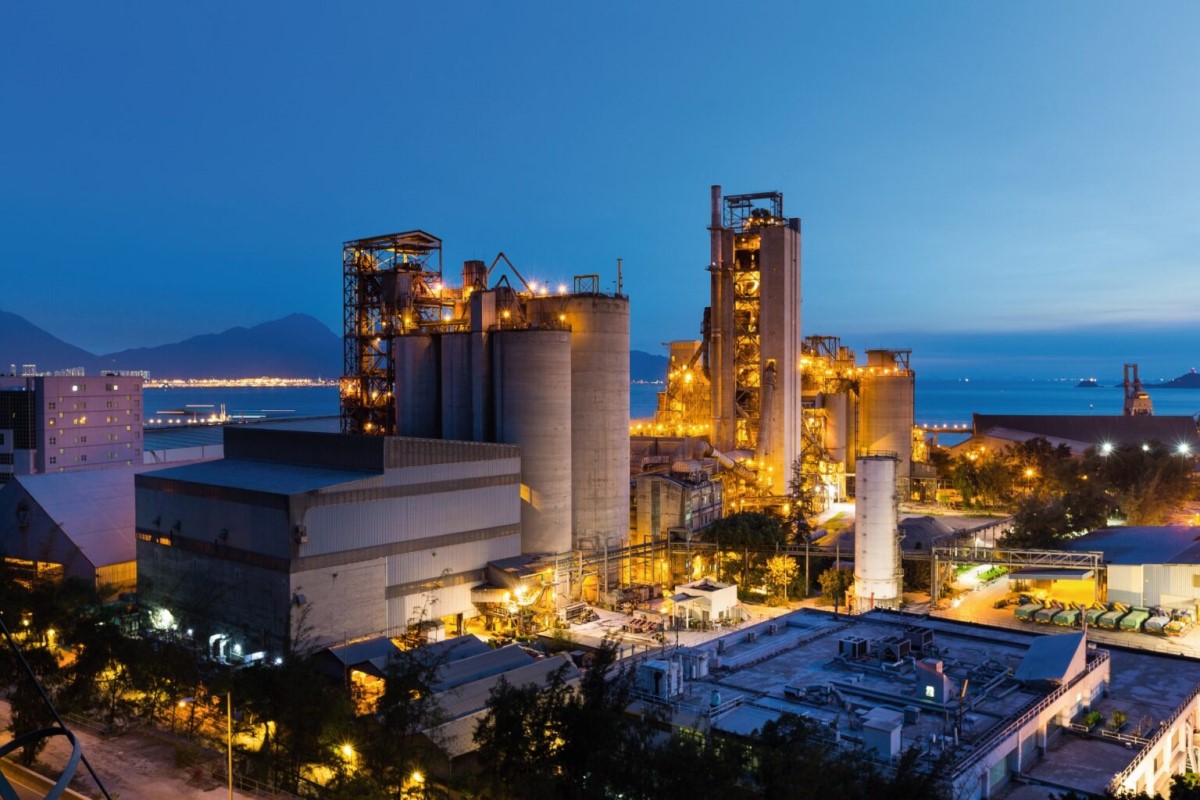Tavero®
Tavero® Grinding Aids are engineered to enhance the efficiency of the cement grinding process by reducing agglomeration and improving material flowability. By using Tavero® Grinding Aids, manufacturers can increase mill output without incurring additional costs, while simultaneously reducing energy consumption and improving the particle size distribution of the product. Improved cement flowability also eases the handling and transportation of the cement.
Tavero® Grinding Aids have been trusted globally for decades to optimize cement production in both ball mills and vertical mills. Tavero® Grinding Aids are an economic choice for cement producers looking to increase process efficiency and reduce costs.
Our Products :
- Grinding Aids for cement
- Superior Grinding Aids for cement
The Benefits of TAVERO®
Mill output
increased mill output at same fineness
Cement fineness
improved particle size distribution
Costs reduction
reduced costs through energy savings
Powder flowability
improved powder flowability


